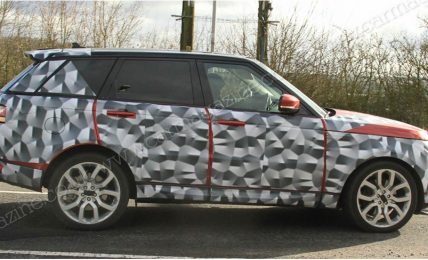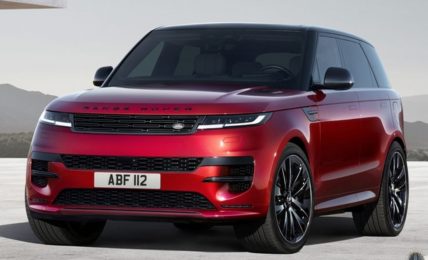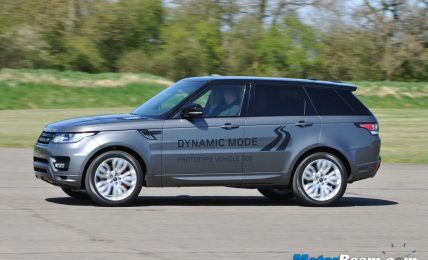The Range Rover Sport comes with a slew of engine options
Performance – The Range Rover Sport is available with a slew of engine options, with V6 and V8 engines available for both petrol and diesel, globally there is a 4-cylinder hybrid too. Our test car is powered by a 3.0-litre V6 diesel motor, generating 265 PS and 600 Nm which is a downer as the same engine powering other JLR cars outputs an impressive 300 PS and 700 Nm. 0-100 km/hr takes 7.7 seconds which although isn’t fast by any means, still feels decently quick owing to the nice surge in power once the Sport gets past the low-end lag.
The diesel motor is not only refined but sounds good too past 3000 RPM
Step on the gas and there is a long surge in power, it simply pulls effortlessly
The motor is very refined and has a punchy mid-range but doesn’t redline high enough, just restricting itself to 4500 RPM. However, the oil burner does sound nice, specially past 3000 RPM. Matched to this engine is an 8-speed gearbox which is smooth shifting but not the fastest with shifts, however, one can take manual control of cogs using the gearlever (no rotary knob here like the Range Rover but a proper lever) or the plastic steering mounted paddles. This motor returns a mileage of 9-11 km/l. If you really want to enjoy the Sport in this Range Rover, you should consider the 5.0-litre Supercharged V8 mill that outputs a ludicrous 575 PS in the SVR, that is pure performance.
Even with a monocoque chassis, the Sport is still a heavy car
Driving Dynamics – The Range Rover Sport is underpinned by an all-aluminium monocoque platform which makes it 400 kgs lighter than its predecessor. Still, this is a heavy car at 2.1 tonnes which robs away the agility you would expect from a car which is touted to be the most Dynamic Range Rover ever. The SUV has air suspension but the springs are set up on the stiffer side, that and the big sized wheels makes the ride quality far from the best, although it does settle into its rhythm at higher speeds. Slew of electronic aids help matters drastically, like the torque vectoring by braking which applies brakes to the inside wheel to ensure optimal traction around corners, then there is an electronic differential too! Sadly though, Dynamic mode is restricted to the V8 powered Range Rover Sport which alters the engine, gearbox, steering and also the suspension.
Ride and handling balance is good with a lot of tech helping the dynamics
The Range Rover Sport might not be as agile as a BMW X5 but is surefooted
Once you turn, there is some roll but thanks to torque vectoring, it settles quite quickly around a corner with great grip from the chassis as well as tyres. The steering is responsive but not very quick, still agile for a car of this size. The Adaptive Dynamics monitors vehicle movements up to 500 times per second and adjusts the springs accordingly. The car also auto lowers by 15 mm once you cross 105 km/hr (65 mph) to reduce aerodynamic drag. The brakes on our test car weren’t reassuring. The car gets emergency braking assist which boosts brake pressure.




